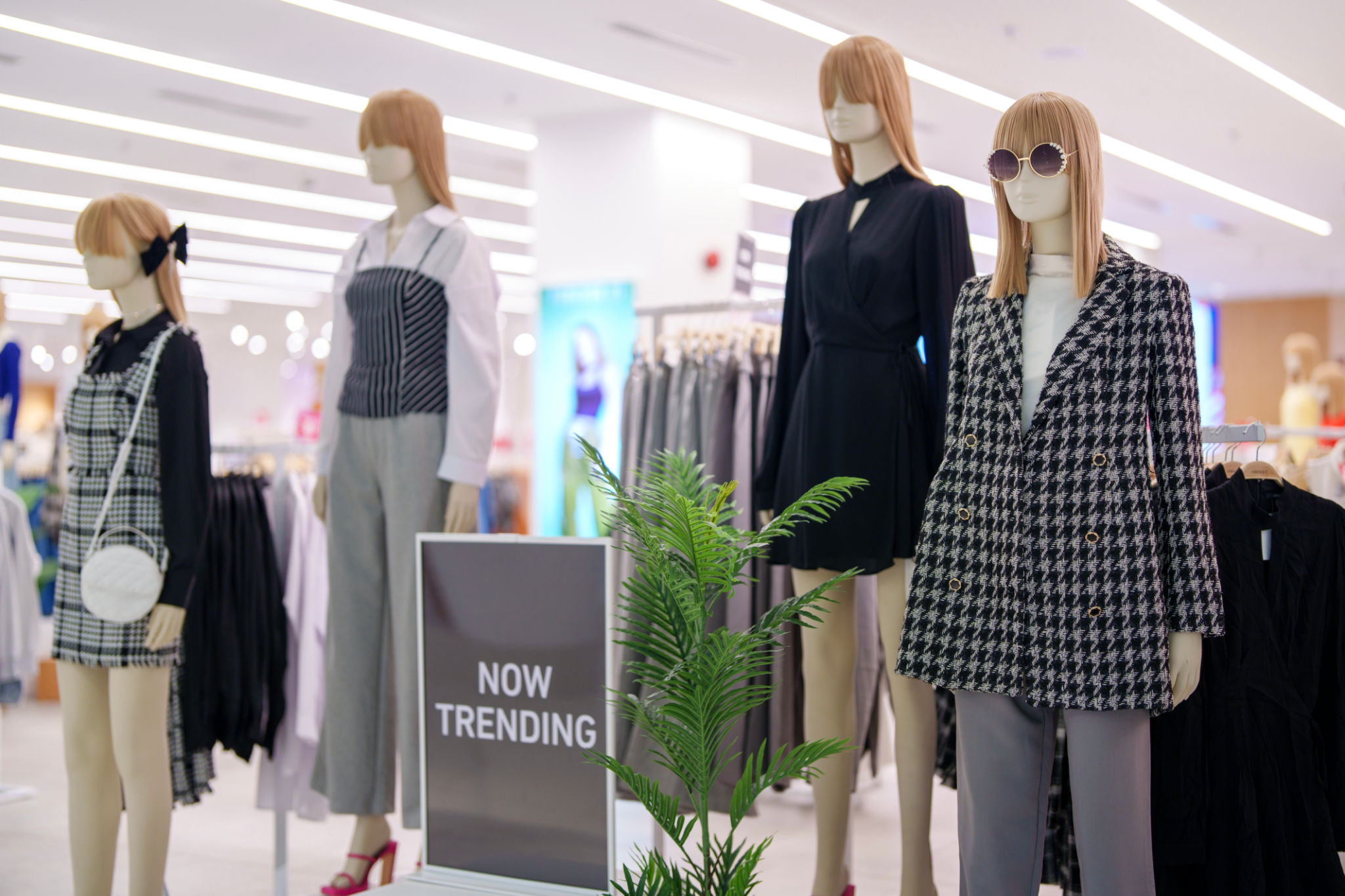Understanding Augmented Reality in Fashion Retail
Introduction to Augmented Reality in Fashion Retail
The fashion retail industry is constantly evolving, and one of the most exciting advancements in recent years is the integration of Augmented Reality (AR). This technology is reshaping how consumers interact with brands by offering immersive experiences that bridge the gap between the digital and physical worlds.
AR in fashion retail allows customers to try on clothes virtually, visualize how items will look in real life, and make more informed purchasing decisions. This not only enhances the shopping experience but also provides retailers with valuable insights into consumer preferences.

How Augmented Reality Works in Fashion
Augmented Reality in fashion retail typically involves using smartphone apps or in-store kiosks equipped with cameras and AR software. These tools overlay digital images of clothing onto real-world environments, allowing customers to see how they would look wearing specific items.
Some advanced AR applications also use body measurement technology to ensure a perfect fit. This means that customers can see a realistic representation of how a garment will fit their body shape and size, reducing the likelihood of returns due to sizing issues.

The Benefits of AR for Consumers
For consumers, AR offers a host of benefits that enhance the overall shopping experience. Among these are:
- Convenience: Shoppers can virtually try on clothes from the comfort of their homes, saving time and effort.
- Personalization: AR enables a personalized shopping experience by showing how different styles and colors suit individual preferences.
- Confidence in Purchases: Visualizing products in real life helps reduce uncertainty, allowing consumers to make more confident buying decisions.

The Impact on Retailers
For retailers, implementing AR technology can lead to increased sales and customer satisfaction. By providing an engaging and interactive experience, brands can differentiate themselves from competitors and foster greater customer loyalty. Additionally, AR can reduce return rates by helping customers choose the right products from the start.
Retailers also benefit from data collected through AR interactions, which can provide insights into consumer behavior and preferences. This information can inform inventory management, marketing strategies, and product development.

The Future of AR in Fashion Retail
As AR technology continues to advance, its applications in fashion retail are expected to expand. Future developments may include more sophisticated virtual fitting rooms, enhanced personalization algorithms, and seamless integration with other technologies such as AI and machine learning.
The potential for AR to revolutionize the fashion industry is immense, promising an even more immersive and personalized shopping experience for consumers. As more retailers adopt this technology, it will become an integral part of the retail landscape, changing how we shop for clothes forever.
